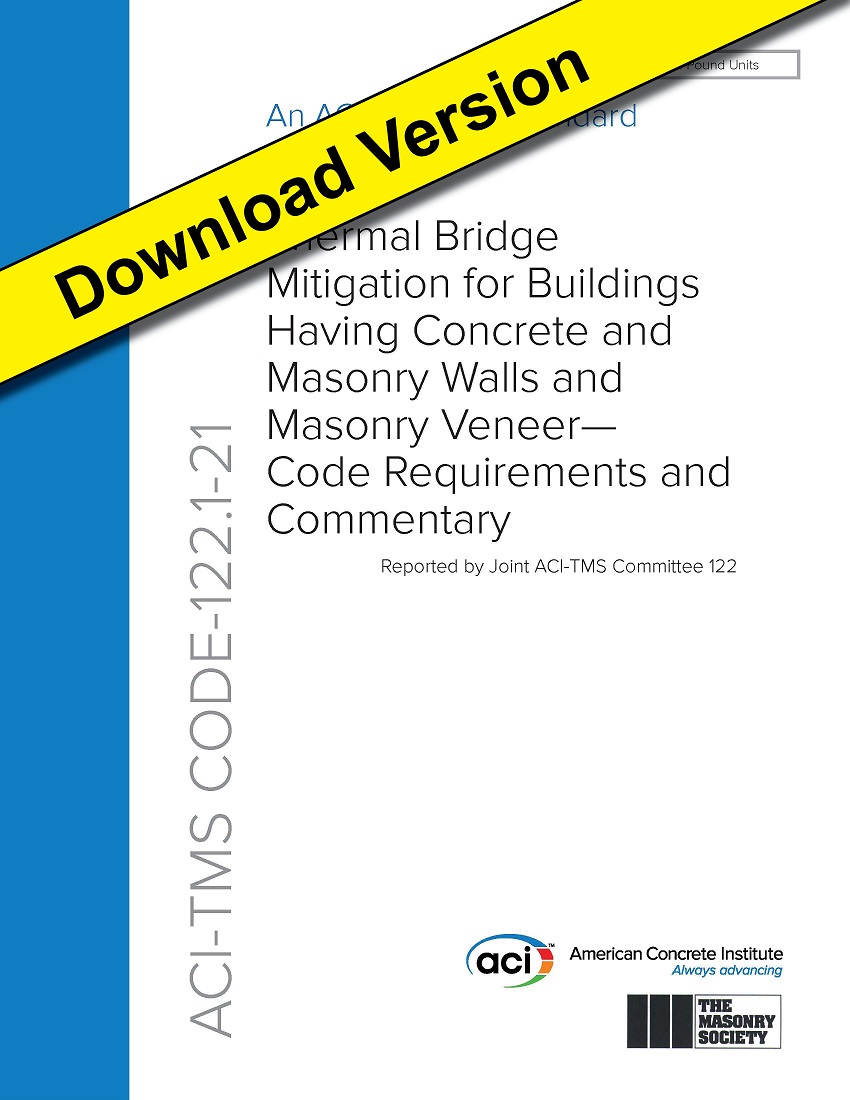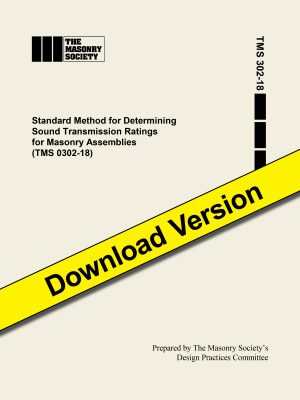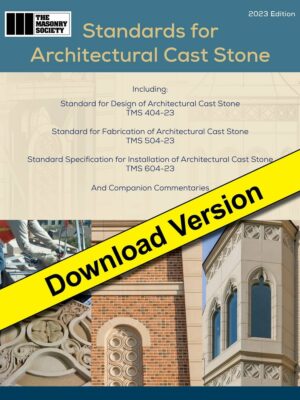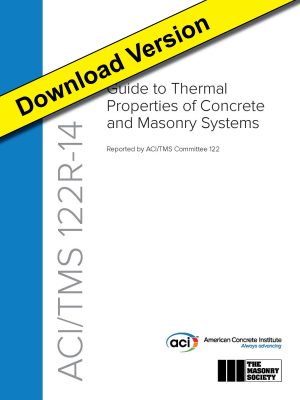Description
This code prescribes minimum design and construction requirements for mitigating thermal bridges in the building envelopes of new buildings and additions to existing buildings. It applies to buildings having concrete or masonry walls; masonry veneer, including veneer attached to frame walls; and balconies or components that extend through the building envelope. It also has criteria for metal thermal bridges in these buildings.
This code is applicable to commercial and mid- to high-rise residential buildings that use either electricity or fossil fuel (regardless of the generation source). It can be used with applicable energy codes and standards.
TABLE OF CONTENTS
PREFACE, p. 1
CHAPTER 1—GENERAL, p. 3
1.1—Scope, p. 3
1.2—General, p. 3
1.3—Purpose, p. 4
CHAPTER 2—DEFINITIONS, p. 5
2.1—, p. 5
CHAPTER 3—REFERENCED STANDARDS, p. 6
CHAPTER 4—GENERAL REQUIREMENTS, p. 7
4.1—Climate zones, p. 7
4.2—Mitigation of thermal bridges, p. 7
4.3—U-factors for assemblies containing thermal bridges, p. 8
CHAPTER 5—PRESCRIPTIVE METHOD, p. 9
5.1—Building envelope walls extending above the roof insulation, p. 9
5.2—Balconies and projections, p. 10
5.3—Shelf angles supporting masonry veneer, p. 11
5.4—Other thermal bridges, p. 11
CHAPTER 6—BUILDING ENVELOPE TRADE-OFF METHOD, p. 13
6.1—Building envelope trade-off method, p. 13
CHAPTER 7—WHOLE BUILDING SIMULATION METHOD, p. 14
7.1—Whole building simulation method, p. 14
REFERENCES, p. 15
Authored documents, p. 15
APPENDIX—CLIMATE ZONE MAPS FOR USE WITH THE IECC AND ASHRAE/IES 90.1, p. 16





